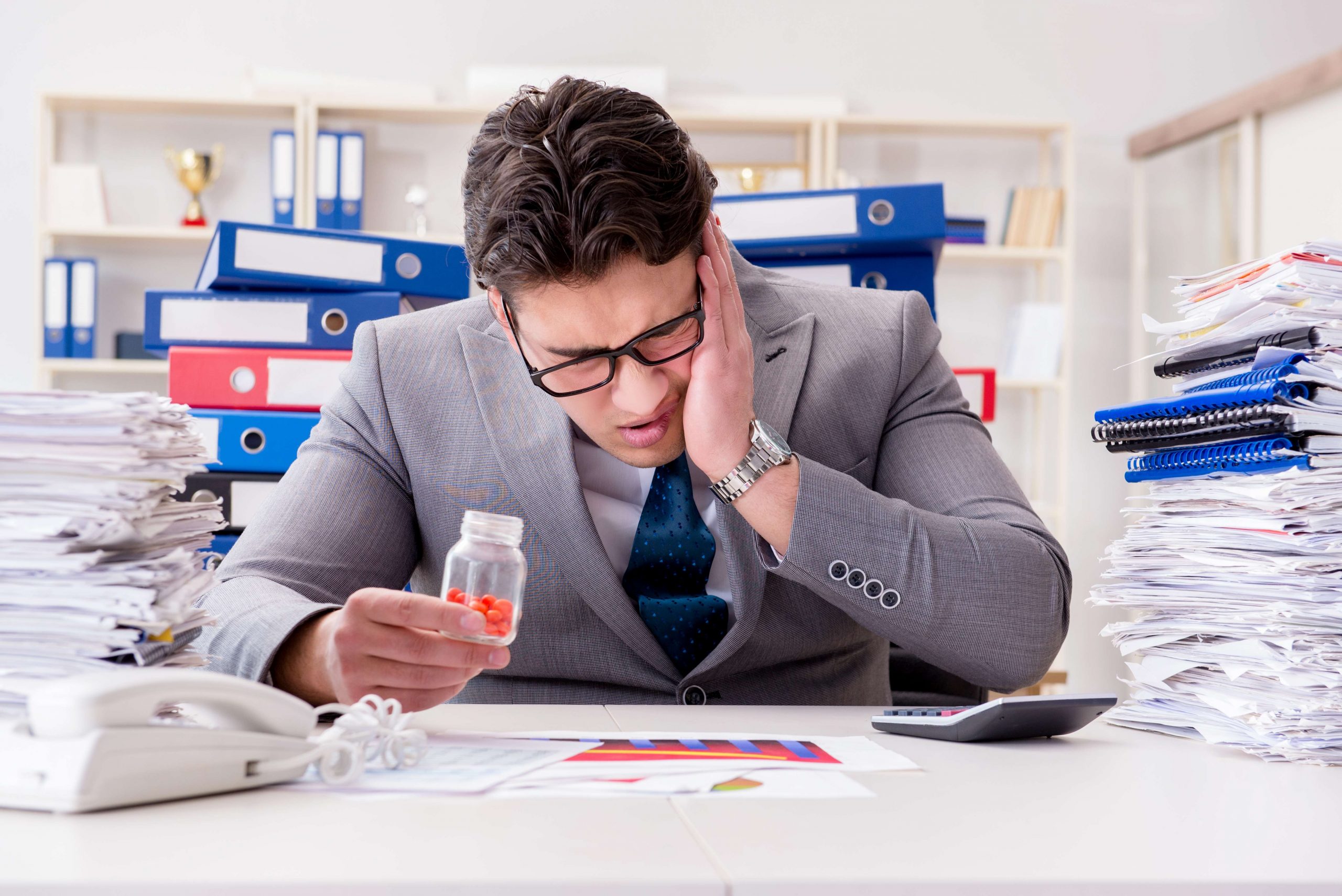Together, the studies reviewed earlier illustrate the complexity of AUD, which results from the interaction of the various levels of molecular neuroadaptations in different brain regions and neural circuit changes throughout the brain [127]. The specific molecular pathways and circuits that could serve as the most promising therapeutic targets remain to be delineated (see Outstanding Questions). Alcohol binds to a number of transmembrane receptors including glutamate, GABA and dopamine receptors, as well as receptors of different neuropeptides and neurotrophic factors.
- Lembke explains that if we tell ourselves stories that aren’t true, we’ll repeat our mistakes.
- However, the dopaminergic circuitry mediating AB to alcohol cues in humans––and the extent to which this circuitry overlaps with the circuitry mediating conditioned responses to non-drug rewards––remains unclear.
- Traditionally, abstinence has been viewed as the primary goal when treating alcohol dependence.
- Drugs currently used to treat ADHD do indeed increase the effectiveness of dopamine.
The activity of the dopamine system depends on the state of one’s dopamine receptors, and in people with these conditions, the chemical interacts with other factors in ways that have yet to be explained. In addition, one of the latest studies on this pathway found an association between a polymorphism in the promoter of a glutamate receptor subunit gene https://ecosoberhouse.com/ and alcoholism. The study was conducted by[68] and the study found that short alleles were significantly less frequent among AD subjects. The study concludes by stating that it was the 1st time that such an association was found with the stated polymorphism and AD. Another study by[55] aimed to look at the availability of the SERT in patients with AD.
General procedure
We are also thankful to the members of the Sara Jones laboratory at Wake Forest University and the Laboratory for Integrative Neuroscience at NIAAA for their support and helpful discussions. Want more inspiration, knowledge and ideas about alcohol and how to make the changes you want stick? That’s alcohol and dopamine because too much dopamine can create emotions of pleasure, anger, and strong sexual desires. It is vital to our health, so consider that before you take another shot of your favorite alcoholic drink. Managing your drinking and getting the right support are really important for your mental health.

However, the extent of alcohol induced microglial activation may well be dependent on the extent and pattern of alcohol exposure. Posttranslational modifications such as phosphorylation are core molecular signaling events. For instance, the protein tyrosine kinase (PTK) Fyn, through the phosphorylation of GluN2B in the dorsomedial striatum (DMS) of rodents, contributes to molecular and cellular neuroadaptations that drive goal-directed alcohol consumption [51,52]. Interestingly, Fyn also plays a role in heroin use [53], suggesting a more generalized role of the kinase in addiction.
Dopamine’s Role in Behavior
Typically, therapy is the primary treatment for behavioral addictions, such as compulsive gambling or shopping. You can talk to your healthcare provider about addiction treatment or ask for a referral to another doctor. Experts believe a range of biological and environmental factors can significantly increase someone’s risk for addiction. Either change generally results in the substance having less of an effect due to a weaker response by the brain’s reward center.

